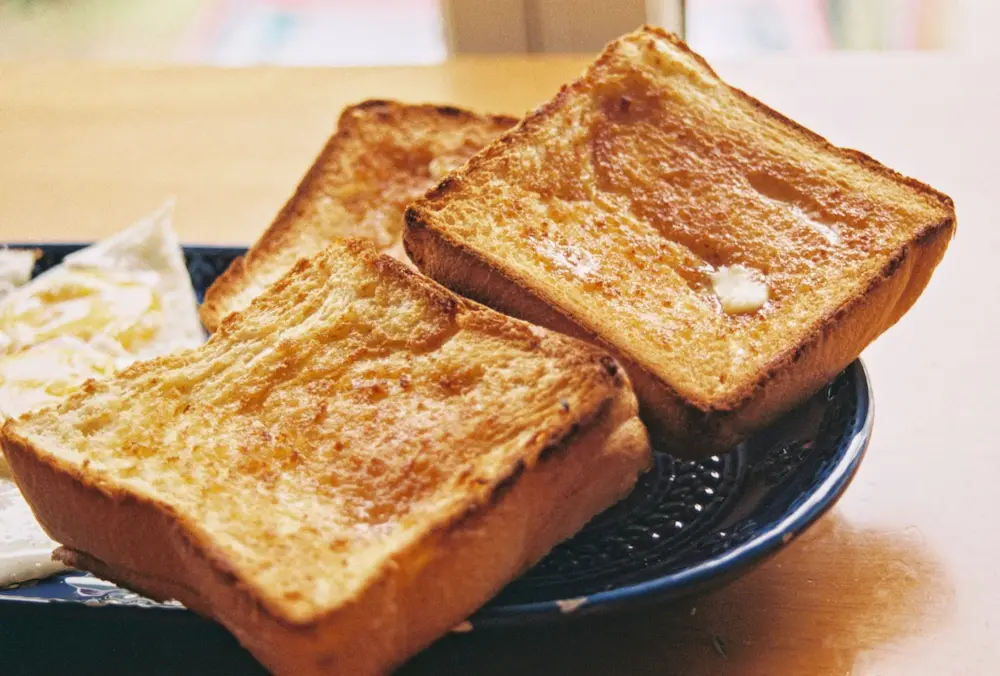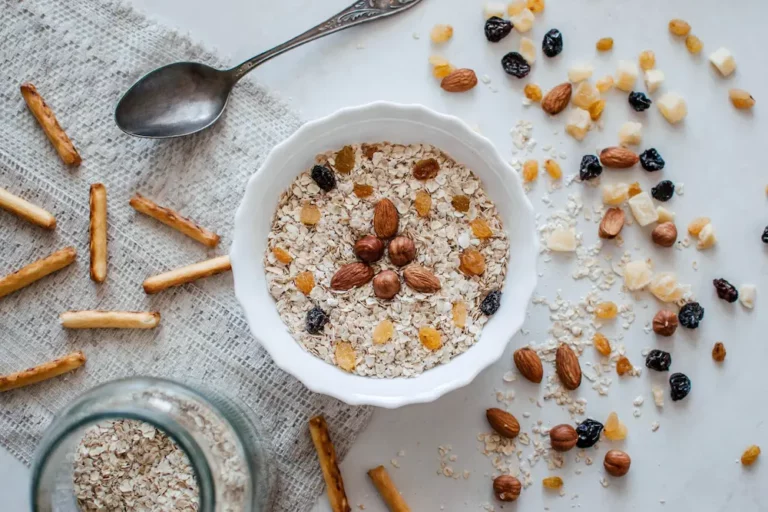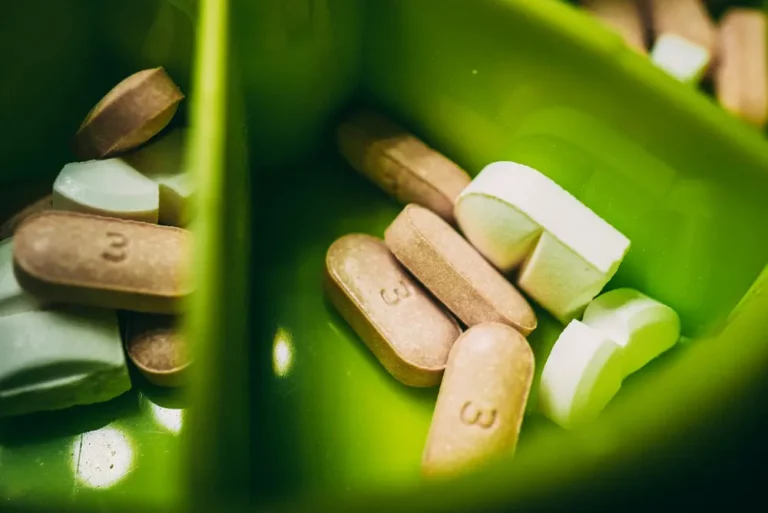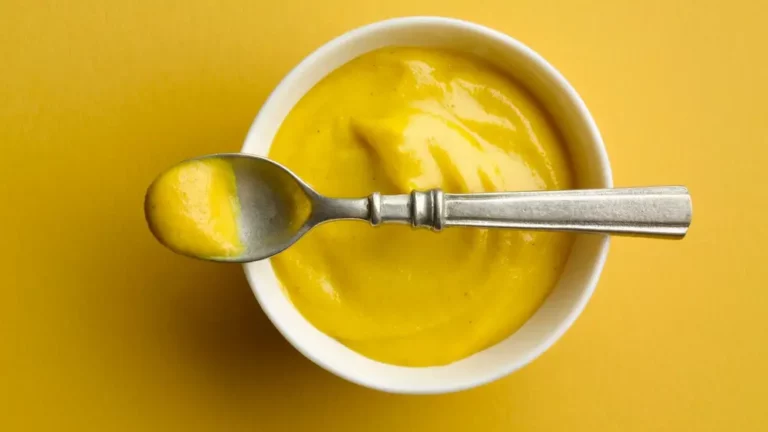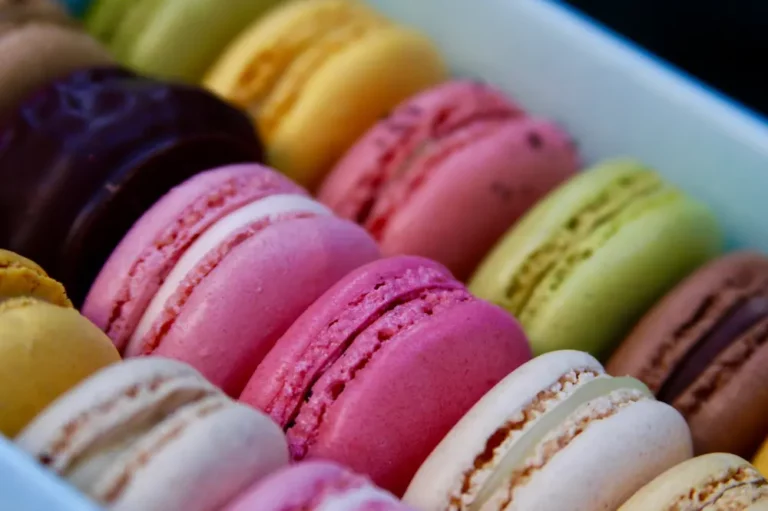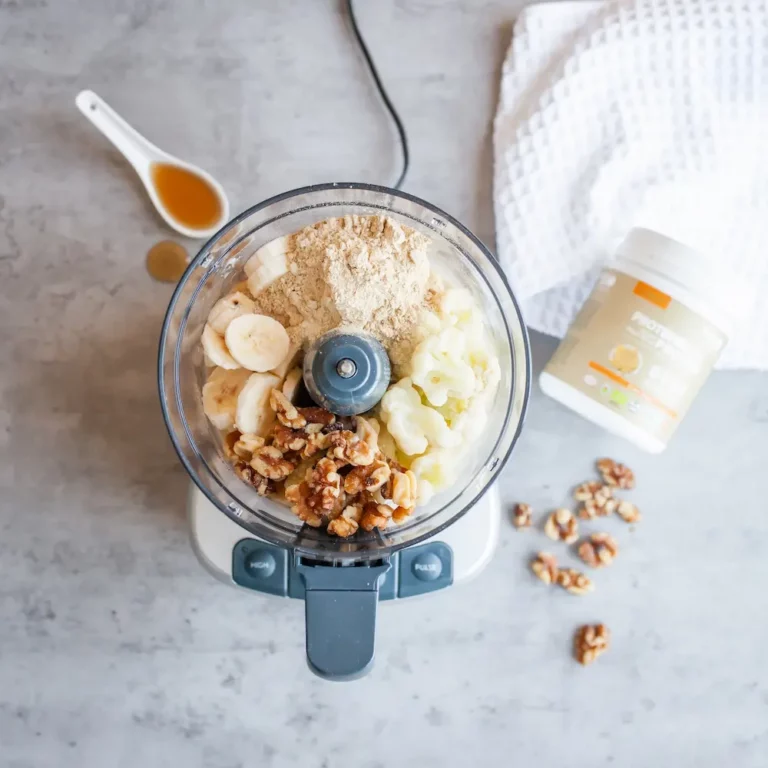Is Peanut Butter Toast Healthy? Benefits and Risks Explored
As a dietitian, one of the most common questions I get asked is whether peanut butter toast is a healthy breakfast option. The answer is not as straightforward as a simple yes or no. While peanut butter is a good source of protein, healthy fats, and fiber, the type of bread and the amount of peanut butter you use can make a big difference in the overall healthiness of your breakfast.
Whole-grain bread is a better option than white bread because it contains more fiber and nutrients. Fiber is important for digestion and can help you feel full for longer, which can help you avoid overeating later in the day. Additionally, whole-grain bread has a lower glycemic index, which means it won’t cause a spike in your blood sugar levels like white bread can. When it comes to peanut butter, it’s important to choose a natural variety that doesn’t contain added sugars or hydrogenated oils.
What is Peanut Butter Toast?
As a breakfast staple in many households, peanut butter toast is a quick and easy meal that can be enjoyed at any time of the day. In this section, I will provide a brief overview of what this meal consists of, including the ingredients and preparation methods.
Ingredients
The two main ingredients in peanut butter toast are bread and peanut butter. However, there are many variations of this meal, and additional ingredients can be added to enhance the flavor and nutritional value. Below are some common ingredients that can be included in peanut butter toast:
- Bread: Whole-grain bread is a healthier option than white bread, as it contains more fiber and nutrients.
- Peanut butter: Natural peanut butter is a healthier option than processed peanut butter, as it contains fewer additives and preservatives.
- Fruit: Sliced bananas, strawberries, or blueberries can be added to peanut butter toast for a sweet and nutritious twist.
- Honey: A drizzle of honey can add sweetness to peanut butter toast without adding processed sugar.
- Seeds: Chia seeds or flaxseeds can be sprinkled on top of peanut butter toast for an extra boost of fiber and omega-3 fatty acids.
Preparation
Making peanut butter toast is a simple process that can be done in just a few minutes. Below are the steps to prepare this meal:
- Toast the bread: Place the bread in a toaster and toast until it is golden brown.
- Spread the peanut butter: Once the bread is toasted, spread a generous amount of peanut butter on top of each slice.
- Add toppings: If desired, add sliced fruit, honey, or seeds on top of the peanut butter.
- Serve and enjoy: Peanut butter toast can be enjoyed immediately or wrapped in foil and taken on-the-go.
In summary, peanut butter toast is a quick, easy, and nutritious meal that can be enjoyed at any time of the day. With the right ingredients and preparation methods, this meal can be a healthy and satisfying addition to your diet.
Health Benefits of Peanut Butter Toast
As someone who enjoys a good peanut butter toast, I am happy to report that it does come with some health benefits. Here are a few:
Nutritional Value
Peanut butter is a good source of protein, fiber, and healthy fats. It also contains vitamins and minerals such as vitamin E, magnesium, and potassium. When paired with whole grain bread, peanut butter toast becomes a nutritious breakfast or snack option.
Here is a table outlining the nutritional value of a typical serving of peanut butter toast:
| Nutrient | Amount |
|---|---|
| Calories | 250 |
| Protein | 10g |
| Fat | 14g |
| Carbohydrates | 23g |
| Fiber | 4g |
Energy Boost
Peanut butter toast can provide a quick energy boost due to its carbohydrate and protein content. The carbohydrates in the bread provide energy, while the protein in the peanut butter helps to sustain it. This makes it a great pre-workout snack or breakfast option for busy mornings.
To make the most of the energy-boosting benefits of peanut butter toast, it’s important to choose a whole grain bread that is high in fiber. This will help to slow down the digestion of carbohydrates, providing a steady stream of energy throughout the day.
In conclusion, peanut butter toast can be a healthy and satisfying addition to your diet. Just be sure to choose a whole grain bread and opt for natural peanut butter without added sugars or oils. Enjoy!
Potential Health Risks
Allergies
As with any food, there is a risk of allergic reaction to peanut butter. Peanut allergies are one of the most common food allergies, and can cause severe reactions such as anaphylaxis. If you have a peanut allergy, it is important to avoid peanut butter and any products containing peanuts. It is also important to read labels carefully, as peanut butter can be found in unexpected products such as sauces and baked goods.
Caloric Intake
Peanut butter is a high-calorie food, with approximately 190 calories per two-tablespoon serving. While peanut butter can be a healthy addition to a balanced diet, it is important to be mindful of portion sizes. Consuming too much peanut butter can lead to weight gain and other health issues such as high blood pressure and high cholesterol. It is recommended to stick to one to two servings of peanut butter per day.
It is also important to note that some brands of peanut butter may contain added sugars and unhealthy fats. When choosing a peanut butter, look for options that are made with just peanuts and salt, or opt for a natural peanut butter. These options are typically lower in added sugars and unhealthy fats.
Overall, while peanut butter toast can be a healthy and satisfying breakfast option, it is important to be mindful of potential health risks such as allergies and excessive caloric intake. By choosing a high-quality peanut butter and practicing portion control, you can enjoy the many benefits of this delicious spread.
Making Peanut Butter Toast Healthier
As someone who loves peanut butter toast for breakfast, I’m always looking for ways to make it even healthier. Here are a few tips to make your peanut butter toast a more nutritious option:
Choosing Whole Grain Bread
One of the easiest ways to make your peanut butter toast healthier is to choose whole grain bread. Whole grain bread is made from whole grains, which means it has more fiber, vitamins, and minerals than white bread. It also has a lower glycemic index, which means it won’t cause your blood sugar to spike as much as white bread. Look for bread that has whole-grain flour or whole-wheat flour listed as the first ingredient.
Portion Control
While peanut butter is a healthy source of protein and healthy fats, it’s also high in calories. To keep your peanut butter toast from becoming a calorie bomb, be mindful of your portion sizes. Stick to one or two tablespoons of peanut butter per slice of bread. You can also use a measuring spoon to ensure you’re not overdoing it.
Another way to control your portions is to use a smaller slice of bread. Instead of using a regular-sized slice of bread, try using a smaller slice or cutting your bread in half. This will help you keep your portion sizes in check.
In conclusion, making peanut butter toast healthier is all about making small changes. By choosing whole grain bread and controlling your portions, you can enjoy this delicious breakfast option without any guilt.
Conclusion
As someone who loves peanut butter toast, I was curious to know whether it’s actually healthy or not. After researching the topic and analyzing the information, here’s what I found:
- Peanut butter toast can be a healthy breakfast option, as long as you use whole grain bread and natural peanut butter without added sugars or oils.
- Peanut butter is a good source of protein, healthy fats, and fiber, which can help keep you full and satisfied throughout the morning.
- Peanut butter also contains vitamins and minerals like vitamin E, magnesium, and potassium, which are essential for overall health and wellbeing.
- However, it’s important to keep portion sizes in mind, as peanut butter is high in calories. One serving of peanut butter is about two tablespoons, which is enough to spread on one slice of bread.
- If you’re watching your calorie intake, you can also try using a nut butter alternative like almond or cashew butter, which are lower in calories but still provide similar nutrients.
Overall, I would say that peanut butter toast can definitely be a healthy breakfast option, as long as you choose the right ingredients and watch your portion sizes. It’s a tasty and convenient way to start your day on a nutritious note.

